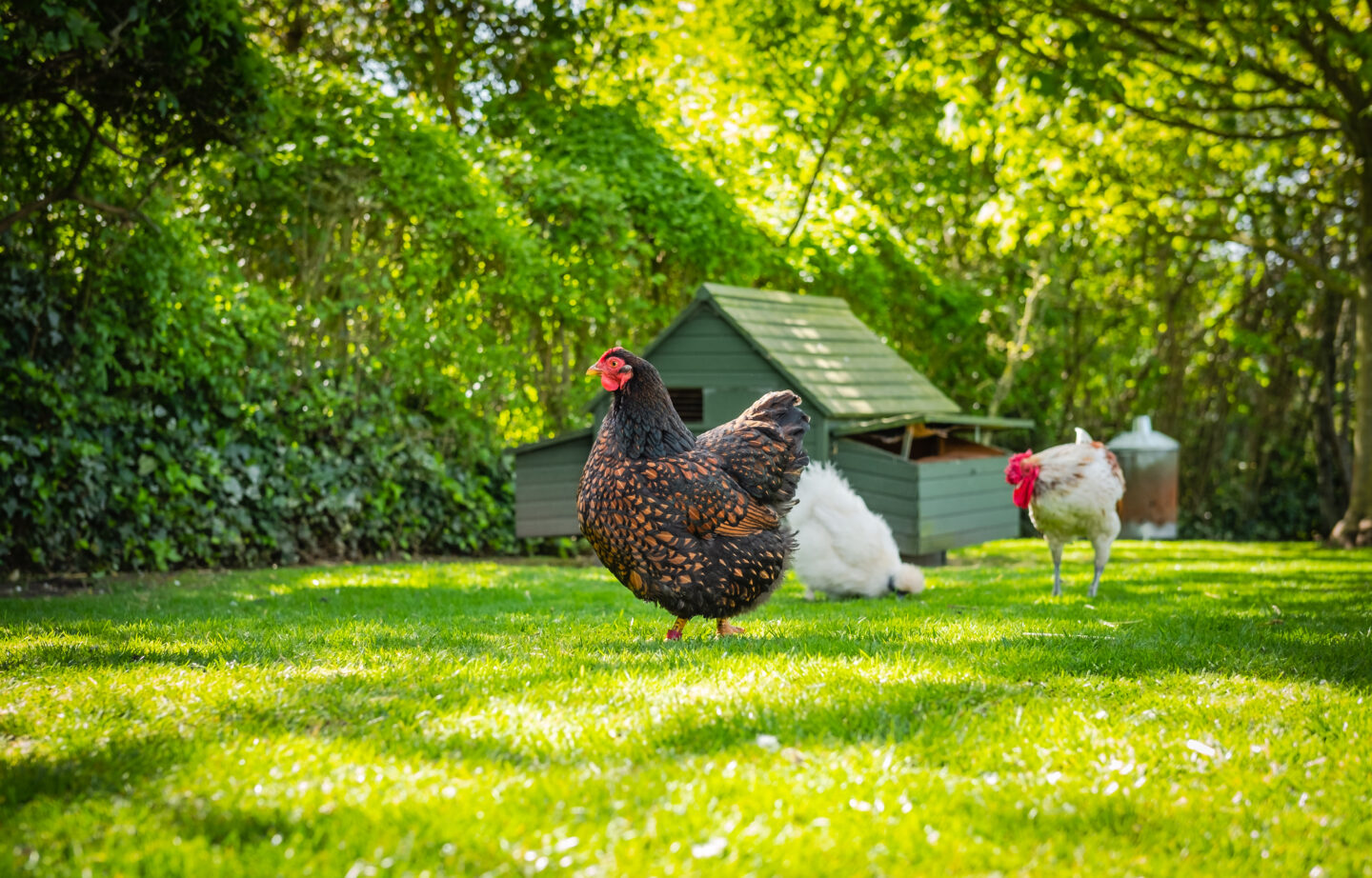What To Know Before Building Your Own Chicken Coop

Are you looking to build a coop for your first flock of backyard chickens? This article has everything you need to know about building a safe coop for a happy flock.
The perfect chicken coop protects your birds from heat, cold, weather, predators, and diseases, while also being comfortable for them and accessible for you.
I’ve had chickens in my backyard for decades, and in that time, we’ve gone through at least three chicken coops. Every time we build, there are new lessons to be learned, but the fundamental principles always stay the same. The perfect chicken coop is big enough to house the whole flock, sturdy enough to withstand the worst weather, and safe enough to keep out the most determined predators. Perhaps most importantly, it is easy for you, the owner, to clean, maintain, and keep in the best possible shape. This keeps your hens safe and healthy as long as possible. In this article, we’ll break down the things you need to know before building such a perfect coop.
- Choose a plan that meets all your needs. There is no one-size-fits-all perfect chicken coop plan or design that will work for every flock owner, but there are a number of universal concerns everyone should consider before picking a coop plan. One of the big ones is capacity: How many and what kind of chickens is the coop able to safely hold? How much space your birds will need will depend on a number of factors. Free-ranging birds or birds with a run will need significantly less space than birds that will be confined all day; roosters generally need a bit more space than hens; and bantam breeds can usually get by with less floor space but need more vertical space. Your personal accessibility needs how well you can get into the coop to clean and collect eggs is another major concern people often overlook.
- Pick a location that will keep your girls safe and cool. As with plans, there is no hard and fast rule about what makes the perfect location, only a series of concerns to balance against your own needs and preferences. Shade is a big one; placing the coop out of direct sunlight can help keep your flock from overheating. However, building your coop directly under the trees can run afoul of another concern, which is accessibility to predators. Hawks will see a flock that lives directly under a sturdy tree as easy prey, and ground-based predators will more easily access your coop if it is surrounded by good hiding places. Finally, human accessibility is key. Building a chicken coop can take anywhere from a weekend to about two weeks, and maintaining a flock in one more than five years. Consider how far you want to schlep building materials, tools, chicken feed, and eggs to and from the coop. As you may be doing this every day for half a decade, reconsider before picking the spot furthest away from the house.
- Add enough ventilation for all seasons. It’s hard to think of a few wall vents as a lifesaving design feature, but for a chicken coop, having proper ventilation is absolutely crucial. In fact, it’s one of the best things you can do to keep your girls safe and healthy. A well-ventilated coop will bring in lots of clean air, which will help stop potentially fatal respiratory diseases like Newcastle and bird flu from spreading in your flock. In addition, ventilation will help keep your birds cool in hot weather. Even though modern-day chickens are descended from tropical junglefowl, they are much more susceptible to overheating than freezing. However, both heat waves and cold snaps can be dangerous to chickens. The solution is to have a lot of vents at all heights throughout the coop, which will blow cooling drafts over your birds on hot days, but to have those vents be closeable. In the winter, closing all but two vents at the very top of the coop (above the roosts) will help keep your flock both warm and disease-free.
- Use hardware mesh to keep out predators. When it comes to keeping predators out of the coop, hardware mesh (also called hardware cloth) really can’t be beat. Its small holes (much smaller than those in chicken wire) keep out all manner of ground-based predators, and you can’t use too much of the stuff. Use it to reinforce your walls, your floor, your outer fence, and then bury some more at least six inches into the ground around your perimeter. The one place chicken wire is a better choice is for the upper parts of the run fencing, to keep chickens in and other birds out.
- Customize your nesting boxes and roosts for maximum safety and comfort. Nesting boxes (for egg-laying) and roosts (for sleeping) are the two parts of the coop your hens will use most often. They aren’t fussed about what they look like, as long as your nesting boxes are filled with something soft (like wood shavings or straw) and your roosts are the highest available sitting place in the coop. Have 10 inches of space per bird in your roosts, and one nesting box for every three hens, plus one more than you need for if a hen goes broody or picks a favorite box.
Building your own chicken coop can seem daunting, but it doesn’t have to be. There are only a few crucial elements to keep in mind when building that, if planned for correctly, will result in a sturdy coop and a safe, happy, healthy, productive flock.
